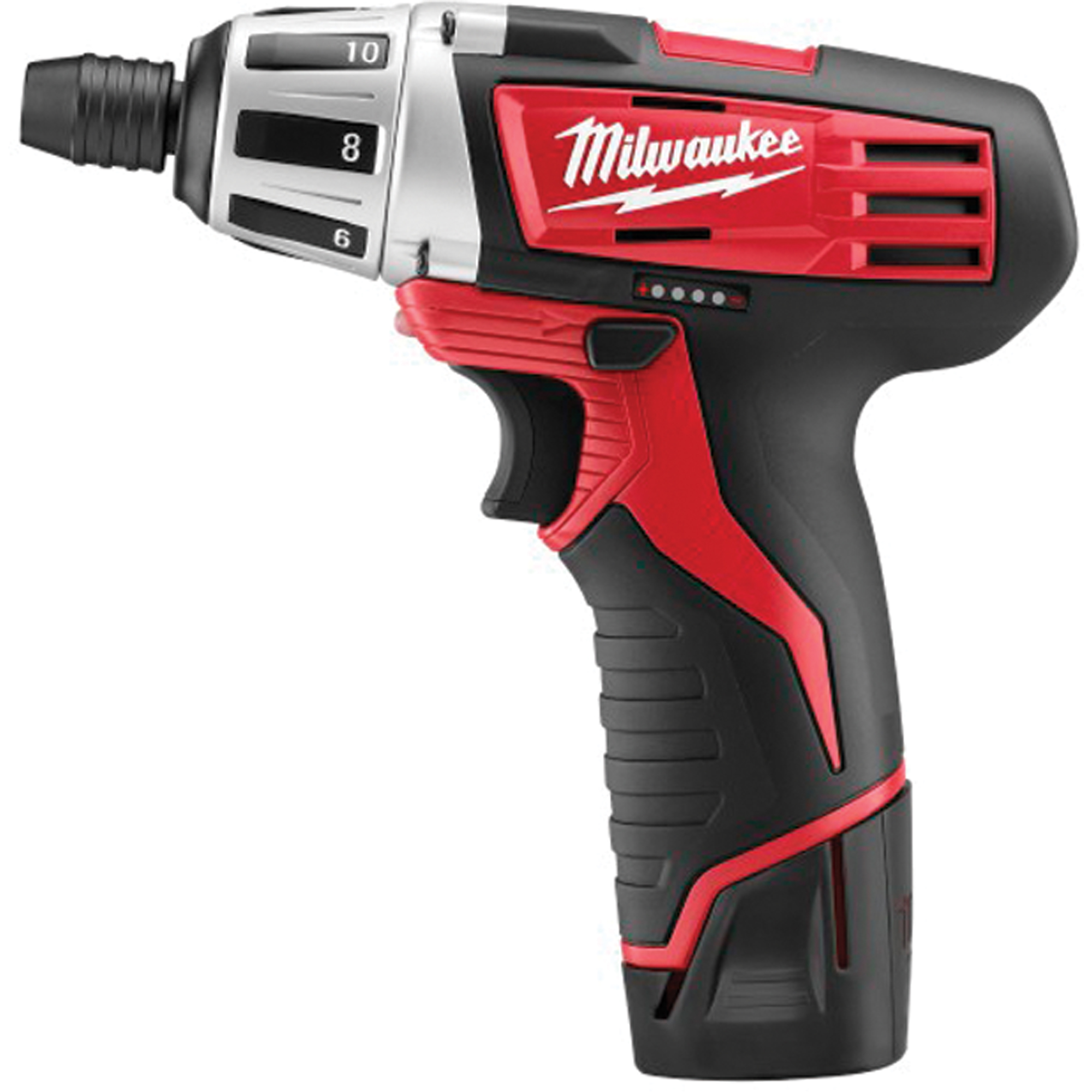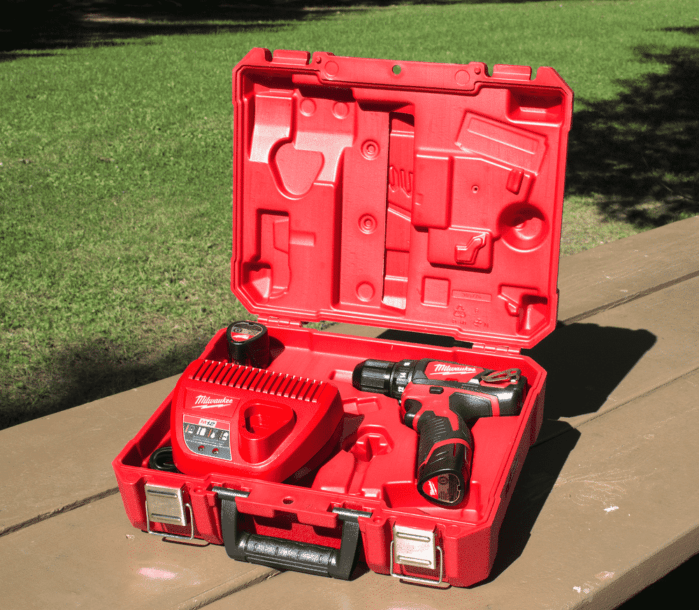


Where the drill’s size might pose a problem, see the specialist sidebar for right-angle drills.Īmperage: Amperage is the flow of electrical current. Where to use it: Use these anywhere you need to make a hole, and especially in places where the drill’s size will not limit its usefulness. Since they are not equipped with a clutch, they are not designed to tighten or drive fasteners. These drills are traditional products and are often used for heavy-duty applications in drilling holes in wood, concrete, and steel. What it is: A drill powered by a 120-volt motor and a conventional 3-jaw chuck. Purchasing power: There’s no shortage of great deals on cordless drill/drivers, hammer drills and specialty tools. Choose a product with a larger chuck diameter if you expect to routinely drill larger diameter holes. The larger the battery’s amp hours, the longer you can operate a cordless drill.įunctions: Cordless drills are always equipped with a clutch that allows the tool to drill or drive, but it may also be equipped with a hammer function that allows the tool to drill a hole in concrete or stone using a carbide-tip masonry bit.Ĭhuck size: Cordless drills are equipped with two different size chucks, 3/8 inch or ½ inch. Increase the voltage and you can drill larger diameter or deeper holes, drive larger screws or tighten a bigger nut.īattery size: This is measured in amp hours. The larger the battery/motor voltage, the heavier work these tools can do. Mechanical insight: Four things determine the work that these tools do.īattery voltage: It ranges from 8 volts all the way up to 60 volts with 12-volt and 18-volt the most common voltages. Where to use it: Use these anywhere you need to make a hole or drive a screw, set a nut or tighten a small bolt. But for more-production-oriented work, such as putting down decking or building a garden shed, they make a noticeable difference.Play icon The triangle icon that indicates to play For around-the-house tasks, the added speed and power are often unnecessary. The well-positioned LED can also be switched on independently of the drill, a unique feature that makes it a rudimentary flashlight (which could come in handy in nearly any crawl space). Compared with our 12-volt pick, this larger drill completes tougher jobs much faster, doing the same work in less than half the time, with a battery that lasts longer. This is a larger, 20-volt drill, but it shares all of the most important characteristics of the smaller, 12-volt DeWalt: It’s very powerful and extremely comfortable to hold and use, and the little convenience features, such as the belt hook and the case, are spot-on. If you take on projects that have you drilling lots of holes and sinking long screws, we recommend stepping up to the DeWalt DCD791D2 20V Max XR Li-Ion Brushless Compact Drill/Driver Kit. The DCD701F2 also comes with a nice belt hook, and the battery gauge is located on each battery rather than on the tool, so you can check batteries without having to insert them into the drill. And the LED is positioned so that it illuminates the drill front better than most. The battery is designed so that the drill can stand upright when not in use (other drills, like the runner-up Bosch, need to be placed on their side). The molded handle seems to account for every curve and bulge of the hand, making this drill the most comfortable we’ve ever held.

The DeWalt drill’s power is on a par with that of some other models we looked at, but it particularly excels in ergonomics and convenience features. These results show the drill can handle just about anything within the four walls of a home, and even the occasional foray into more aggressive work, like a small decking repair.

In our tests, it bored 30 1-inch holes through a 2-by-10 on a single battery charge. The DeWalt DCD701F2 Xtreme 12-volt drill combines power, comfort, and convenience in a way that none of the other tested drills do.


 0 kommentar(er)
0 kommentar(er)
